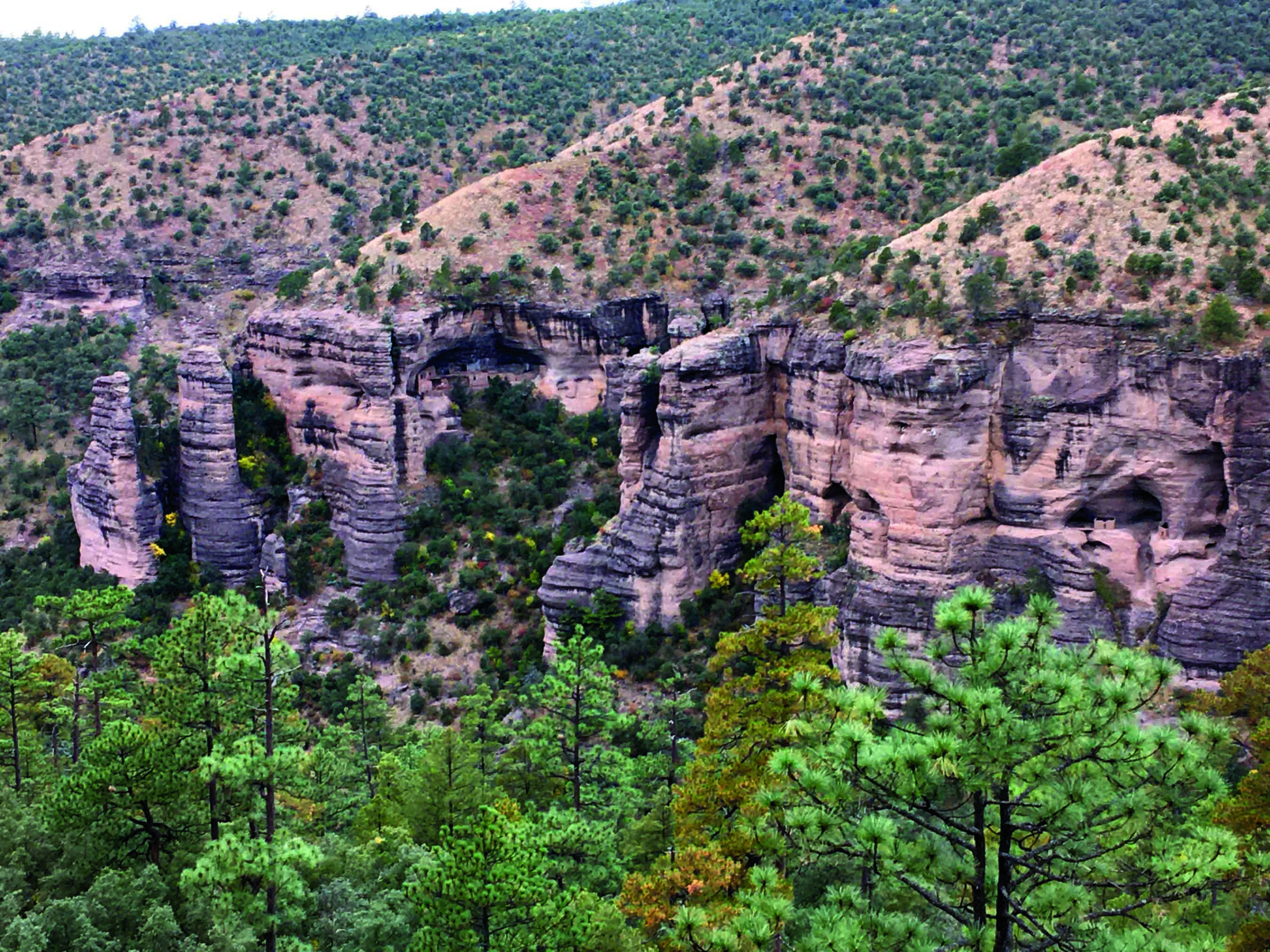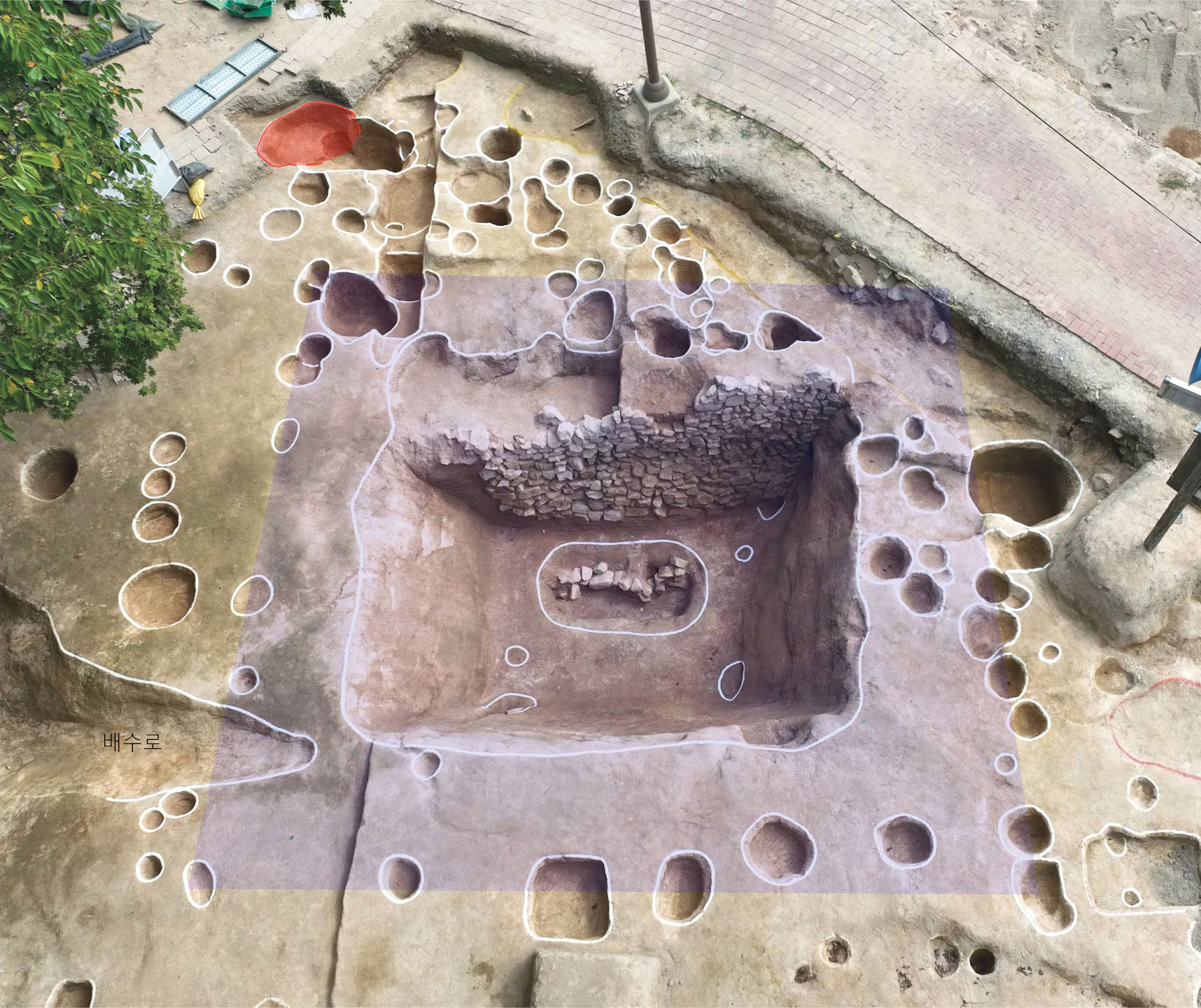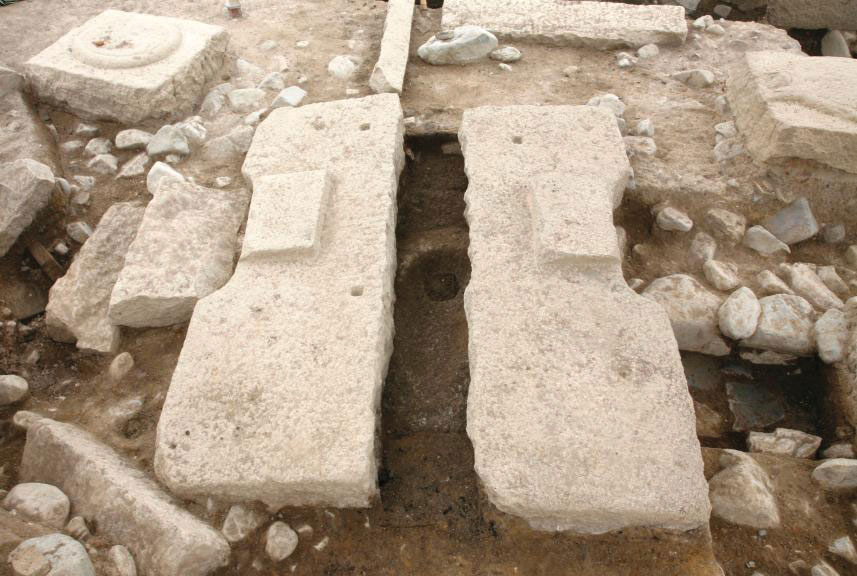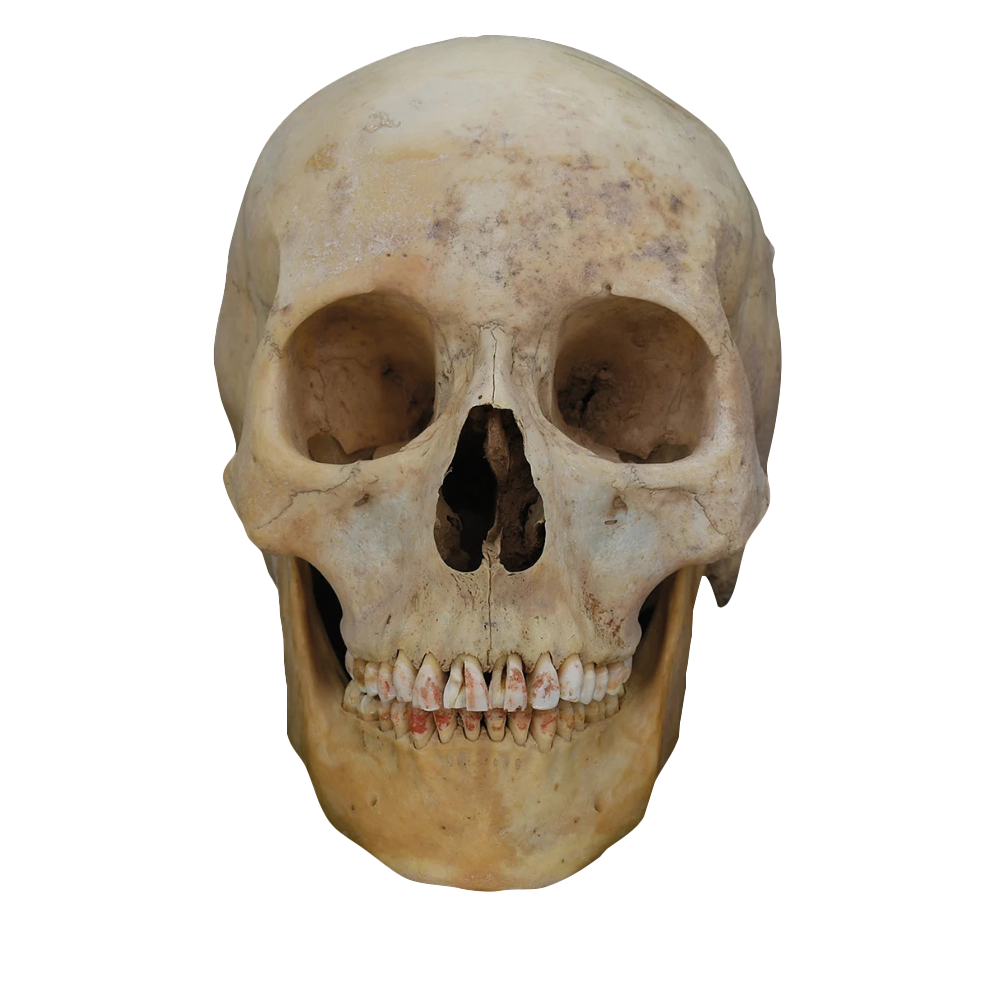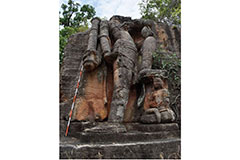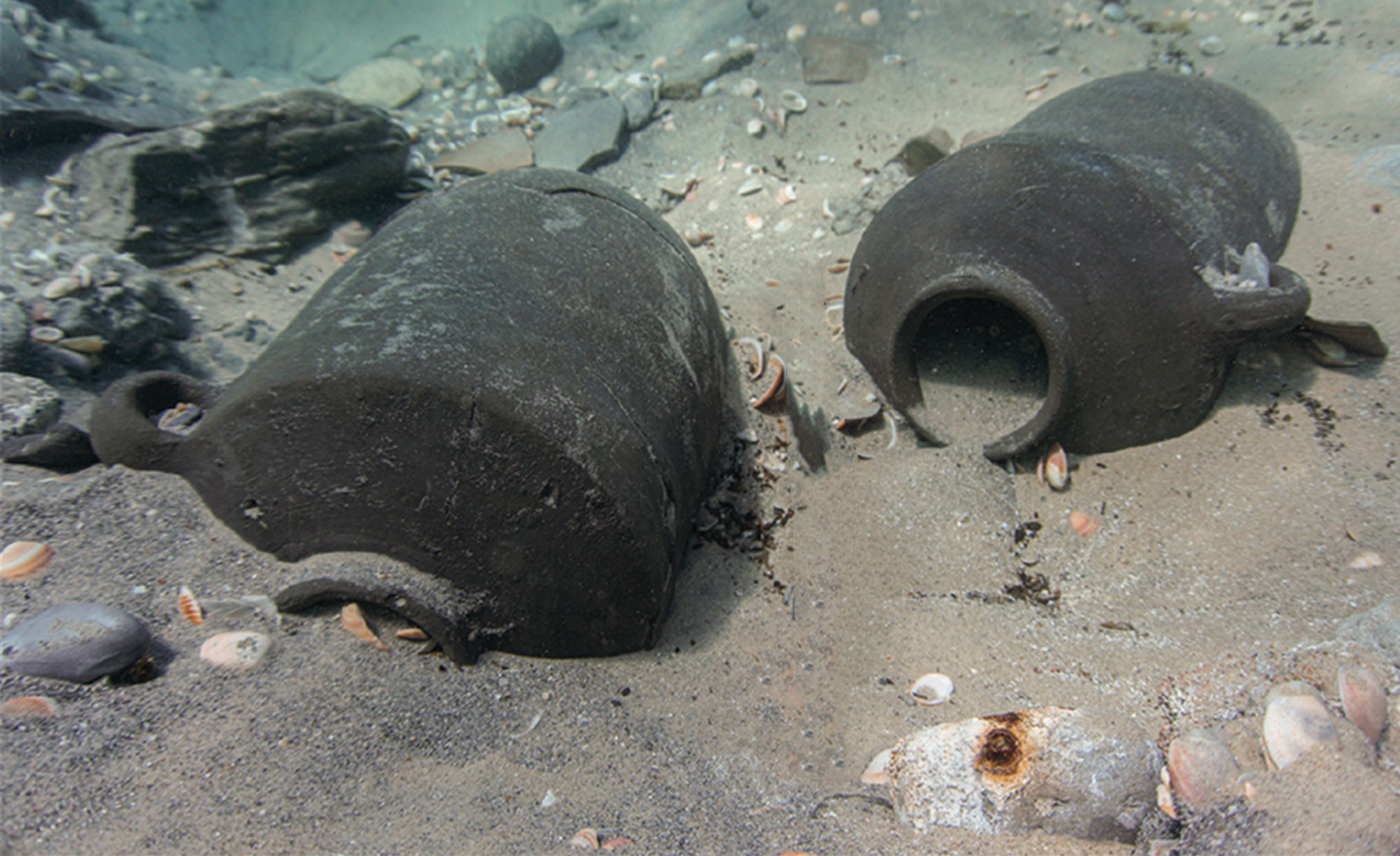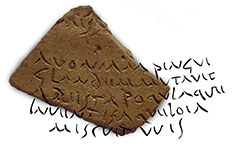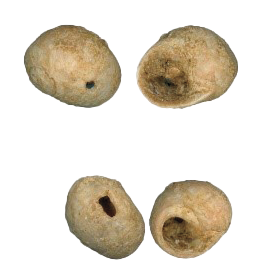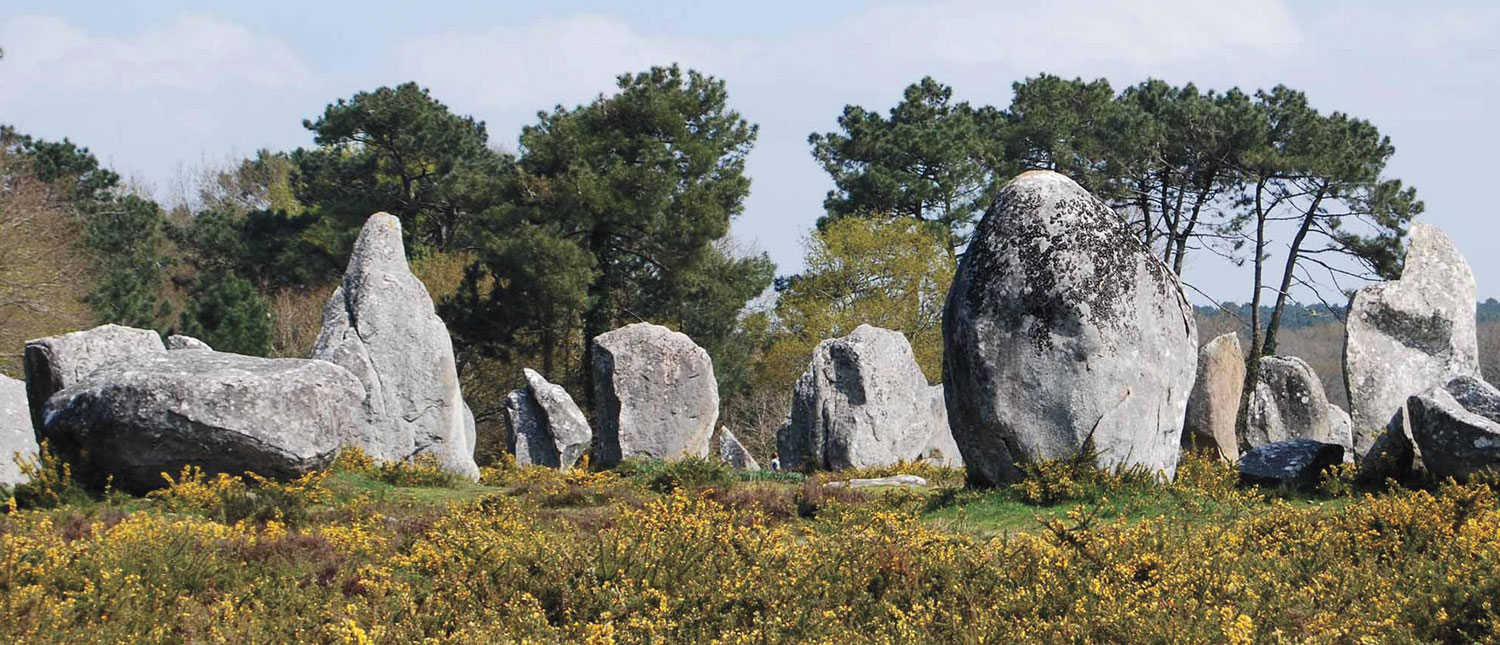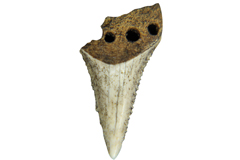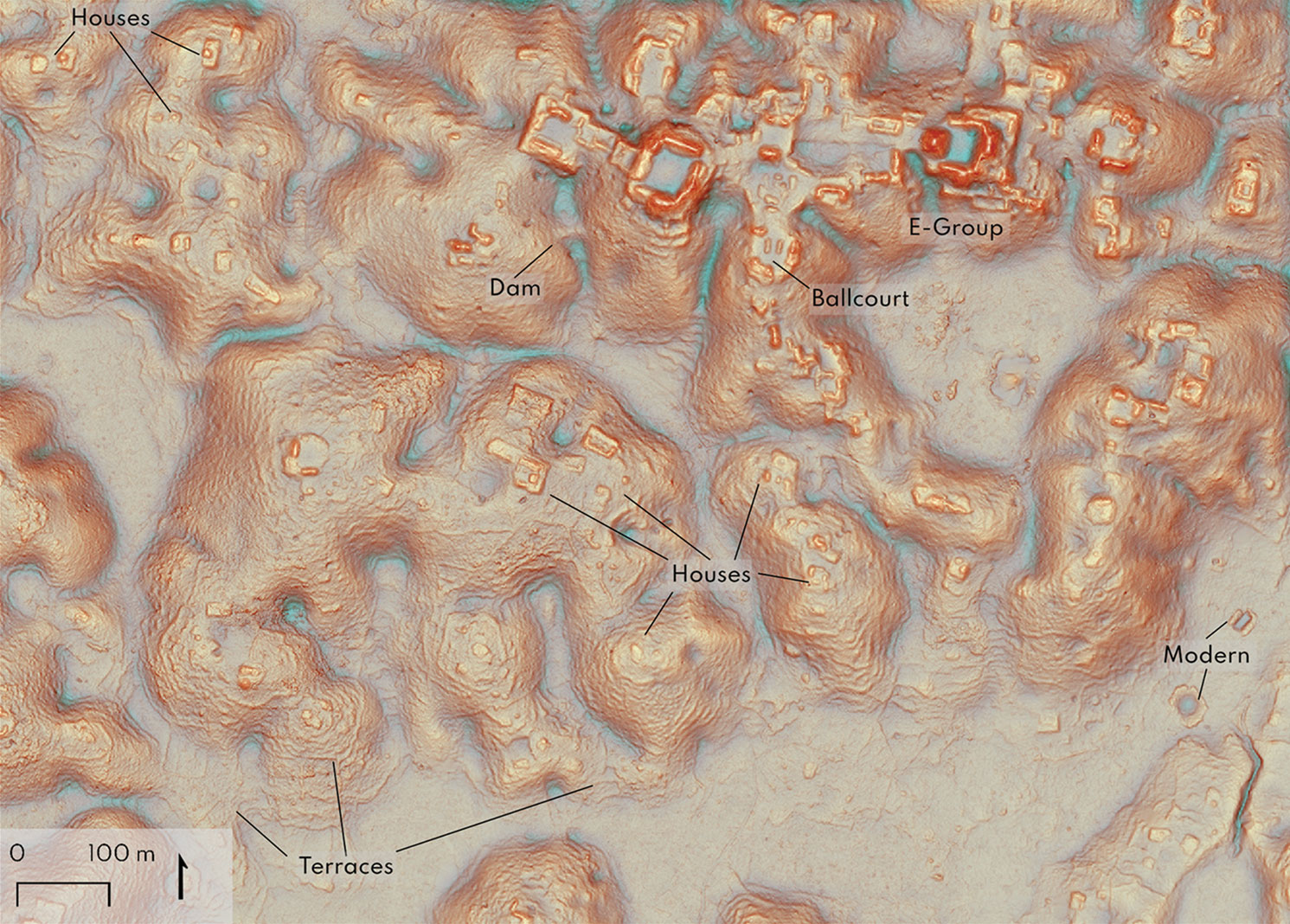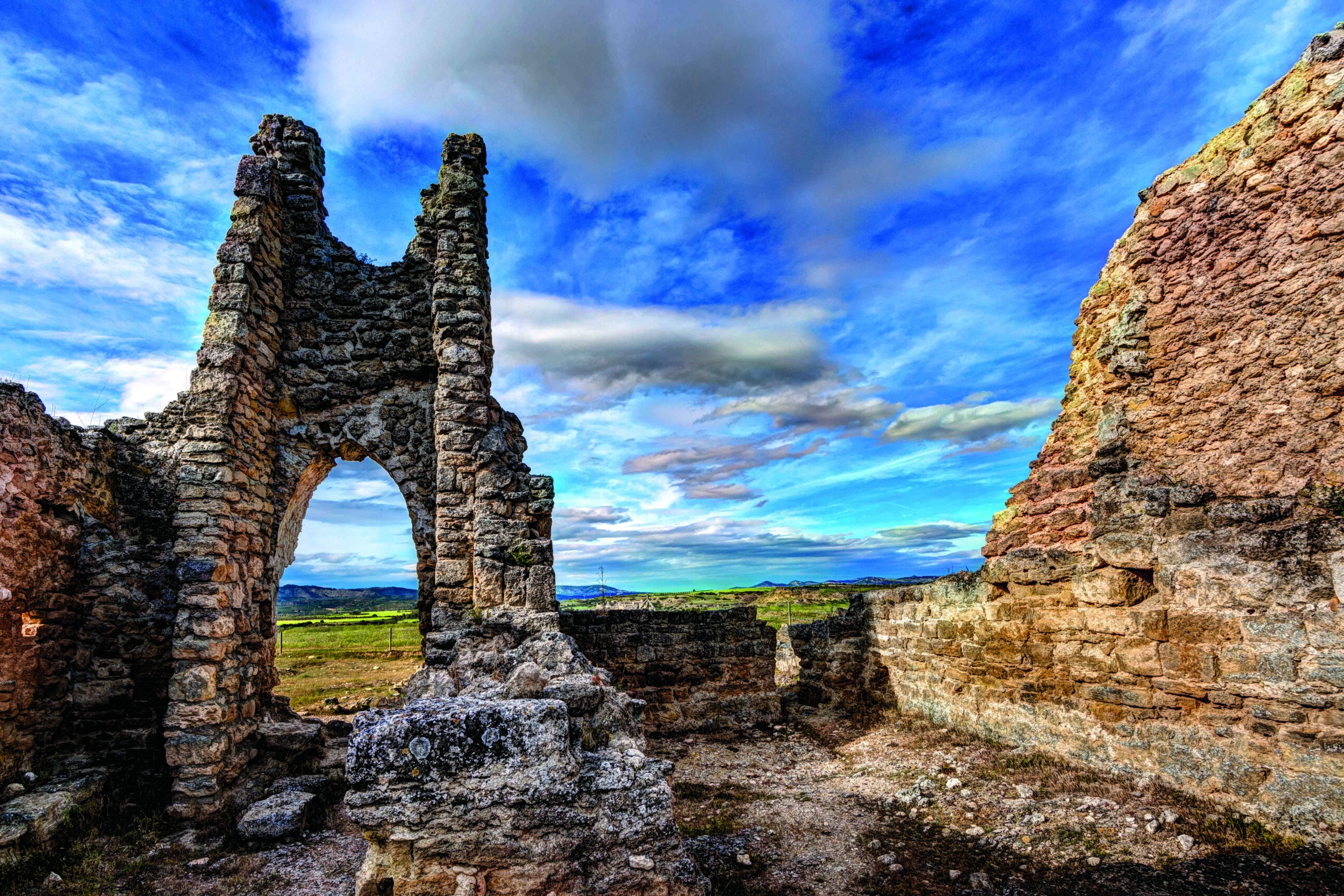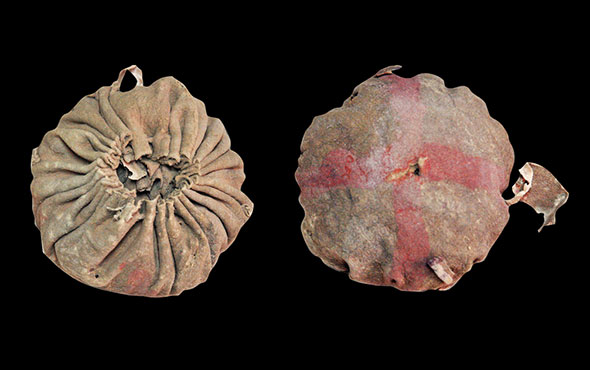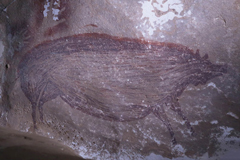
INDONESIA

INDONESIA: The well-preserved painting of a pig from the Leang Tedongne cave on Sulawesi may be the oldest known animal image ever recorded. Dating back 45,500 years, the nearly life-size depiction of a small native warty pig was rendered using red ochre. As many as 300 caves in the region have been found to contain paintings, making it one of the largest concentrations of early human wall art.
Related Content

SOUTH KOREA

SOUTH KOREA: A richly adorned 5th-century A.D. burial of a young woman was located at the site of Jjoksaem, near Gyeongju. Judging from her grave goods, the woman was probably a member of the royal family of the Silla Kingdom. She was interred with a gilt-bronze crown, gold pendants, and dozens of gold and silver beads, bracelets, and rings. She was also buried with hundreds of small black and white pebbles used in the game of baduk, which is still played today and is more widely known as Go.
Related Content
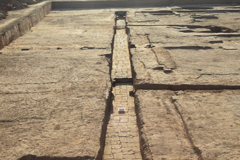
CHINA

CHINA: A stone vessel found in a funerary complex in the city of Luoyang has finally provided clues as to who was buried there. After working at the site for 3 years, archaeologists were still unsure when and for whom the tomb had been constructed. The newly uncovered vessel is inscribed with a date confirming that the mausoleum was built for the emperor Liu Zhi, who ruled between A.D. 146 and 168. This was a tumultuous time in Chinese history, and Zhi gained a notorious reputation for violence and bloodshed.
Related Content

INDIA

INDIA: The ruins of a unique 11th- or 12th-century Buddhist monastery were unearthed at the site of Lal Pahari in Bihar State. While there are other monasteries in the region, this is the only one built on a remote hilltop, where residents could practice their religion in peace. It was also unusual because its leader was a woman. Unlike other known monasteries, the cells at Lal Pahari had doors, a measure of privacy that implies that the monastery housed either an all-female or mixed-gender population.
Related Content

ISRAEL

ISRAEL: Experts were stunned to find evidence that Bronze Age inhabitants of Tel Megiddo and Tel Erani had access to exotic foodstuffs from the Far East. Trace amounts of turmeric, soybeans, and bananas were detected in the dental plaque of people who lived in the Levant 3,700 years ago. This is the earliest evidence of these products found outside southern Asia and demonstrates that trade routes between Asia and the Mediterranean date back centuries earlier than previously thought.
Related Content
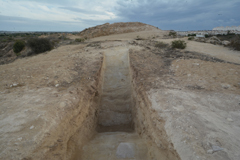
SPAIN

SPAIN: The Phoenicians, who hailed from modern-day Lebanon, were among the greatest seafarers of their time, capable of sailing great distances. When they settled in Iberia, they appear to have been wary of their new neighbors. To take precautions, they dug an enormous moat around their colony at Cabezo Pequeño del Estaño, which they established in the 8th or 9th century B.C. Reaching a depth of almost 10 feet and 26 feet across, this defensive feature would have been daunting to potential attackers.
Related Content
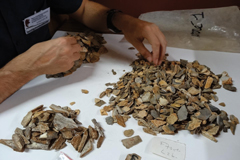
FRANCE

FRANCE: For more than a century, scholars have debated whether Neanderthals buried their dead as Homo sapiens do. New research supports the argument that our species is, in fact, not alone in this behavior. Reexamination of Neanderthal bones first discovered at the La Ferrassie rock shelter in the 1970s suggests that the Neanderthal remains were purposefully buried. The bones belonged to a 2-year-old child who was carefully laid to rest in a shallow grave around 41,000 years ago.
Related Content

BRAZIL

BRAZIL: Laser scanning technology successfully peered through the Amazon rain forest’s thick canopy to reveal the footprint of a complex network of ancient villages in southeastern Brazil. Dwellings in these little-known settlements, which date to between A.D. 1300 and 1700, were built atop raised mounds of earth arranged in a circular pattern around a central plaza, perhaps as a representation of the cosmos. The scans also highlight how these villages were connected via an organized system of roads.
Related Content

MEXICO

MEXICO: It is well known that ancient Mesoamericans used tobacco for religious, social, and medicinal purposes. A new study shows that they occasionally added other plants to the mix to enhance the smoker’s experience during ceremonies. Analysis of residue found in 1,000-year-old miniature ceramic flasks from Maya sites on the Yucatan Peninsula has for the first time detected traces of Mexican marigold, which has psychoactive properties.
Related Content
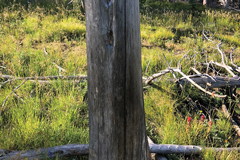
IDAHO

IDAHO: Researchers are retracing the precise route of the historic Three Blaze Trail, a 50-mile pathway used by miners during an early 20th-century gold rush. The track was made through rugged terrain in 1902 to bring prospectors to Thunder Mountain, where gold had been discovered, but much of its course has been lost or obscured over the past century. The route was named for the three ax marks trailblazers notched into trees to guide travelers along the way. Some of these marks are still visible.


